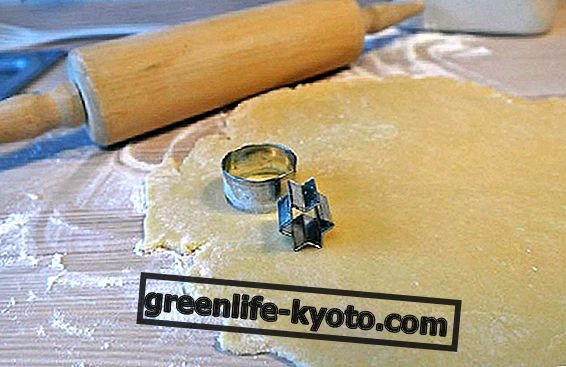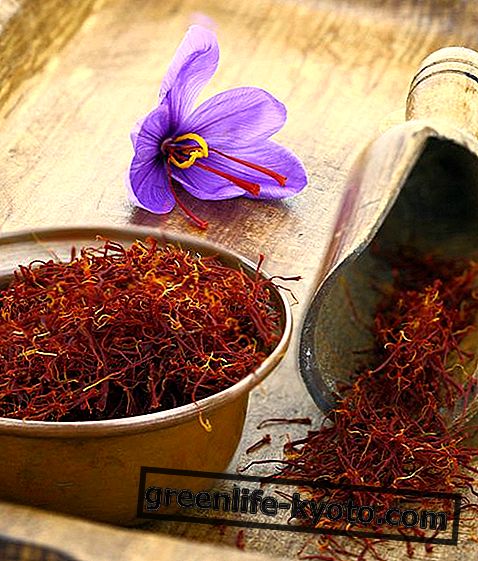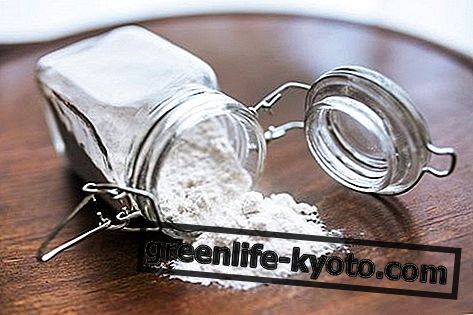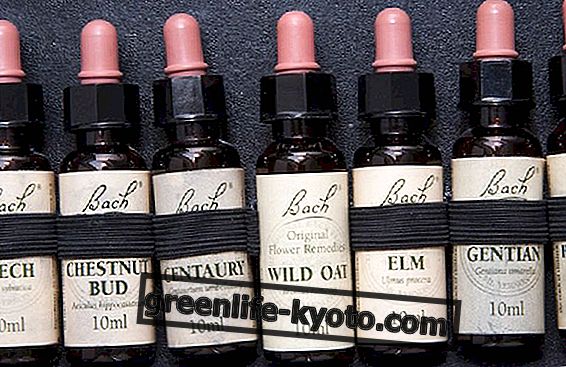
The relationship between human beings and plants has always existed and is constantly evolving. From the distant era in which humans on earth moved in search of food in the guise of hunters and gatherers, over time they have moved on to breeding animals and growing vegetables.
There is no longer, at least in industrialized countries, the need to go to nature for food subsistence, yet even these days both of these ancient practices remain alive. We try to discover some secrets related to the practice of collecting edible plant products that Nature spontaneously offers to human beings who recognize their virtues.
During the last century, especially in the period following the Second World War, both in Italy and more generally in industrialized countries many of the traditions that over the centuries had characterized the peoples and cultures of every where have been lost have been lost . the tradition of knowing how to recognize and cook edible wild herbs . This practice has been lost both due to the enormous availability of food due to the mechanization of agricultural activities, and to cultural factors.
Collecting and eating wild herbs was considered a habit of the poor, and as such the new generations did not want to learn that kind of peasant knowledge. Once the farmer gave the owner most of the main crop, such as wheat, corn or whatever. Part of what was left was sold, so that spontaneous herbs gathered at the edges and edges of cultivated fields often appeared on the tables of the poor.
Not only that, it was noted that in times of famine the use of wild herbs increased ; hence the term " phyto-aryurgy " to describe the practice of collecting edible wild herbs, a term made up of phyto = plant, alim = food, urgia = urgency, to denote how this custom consisted in a diet of necessity, of urgency precisely in the periods of extreme poverty.
Currently, instead, we are witnessing a turnaround: food and farming practices are perceived as more genuine than industrial ones, and here they return to the stalls of certain markets, in the menus of niche restaurants and on the tables of those who practice direct harvest, old edible herbs with innovative flavors and beneficial health properties .
On the other hand, current scientific research is confirming the usefulness of spontaneous herbs for the prevention of certain disorders and the support of the physiological functions of the human body . From the world of science and from studies on this type of natural resources, a new technical term was born which defines "nutraceuticals" as substances that are taken with food and possess certain biological properties useful for maintaining health status.
All this strengthens and supports the return to spontaneous herbs as an excellent practice for the well-being of the person . Wellness that comes not only from the intake of certain beneficial substances, but also, for those who can indulge in direct collection, from immersion in the countryside.
In practicing spontaneous harvesting one experiences direct contact with Natur a. A feeling of reverential respect for Mother Earth who feeds her children can reawaken. A culture can spread that automatically, without laws or impositions, leads to the ecological maturity necessary for the protection of the environment. At the same time, by collecting the seeds of these herbs, we can integrate them into our gardens, enriching them with new and valuable food possibilities.
The list of edible wild herbs in Italy, fortunately for us, is very rich and varied. If we add to these the small fruits of the undergrowth and mushrooms, we realize how much Nature is still able to offer even in full technological age. However, every fruit of Mother Earth has its season to be harvested, and in the case of the alimurgical herbs the best period is between the end of winter and the beginning of spring .
It is therefore time to get going, experience Nature with due respect and devotion, and go in search of the many edible species including Asparagus (Asparagus acutifolius), Tarassaco (Taraxacum officinale), Chicory (Cichorium intybus), Borraggine (Borago officinalis ), Nettle (Urtica dioica), Strigoli (Silene vulgaris), Plantain (Plantago major), Portulaca (Portulaca oleracea), Stellaria (Stellaria media) and many others. Good harvest!













